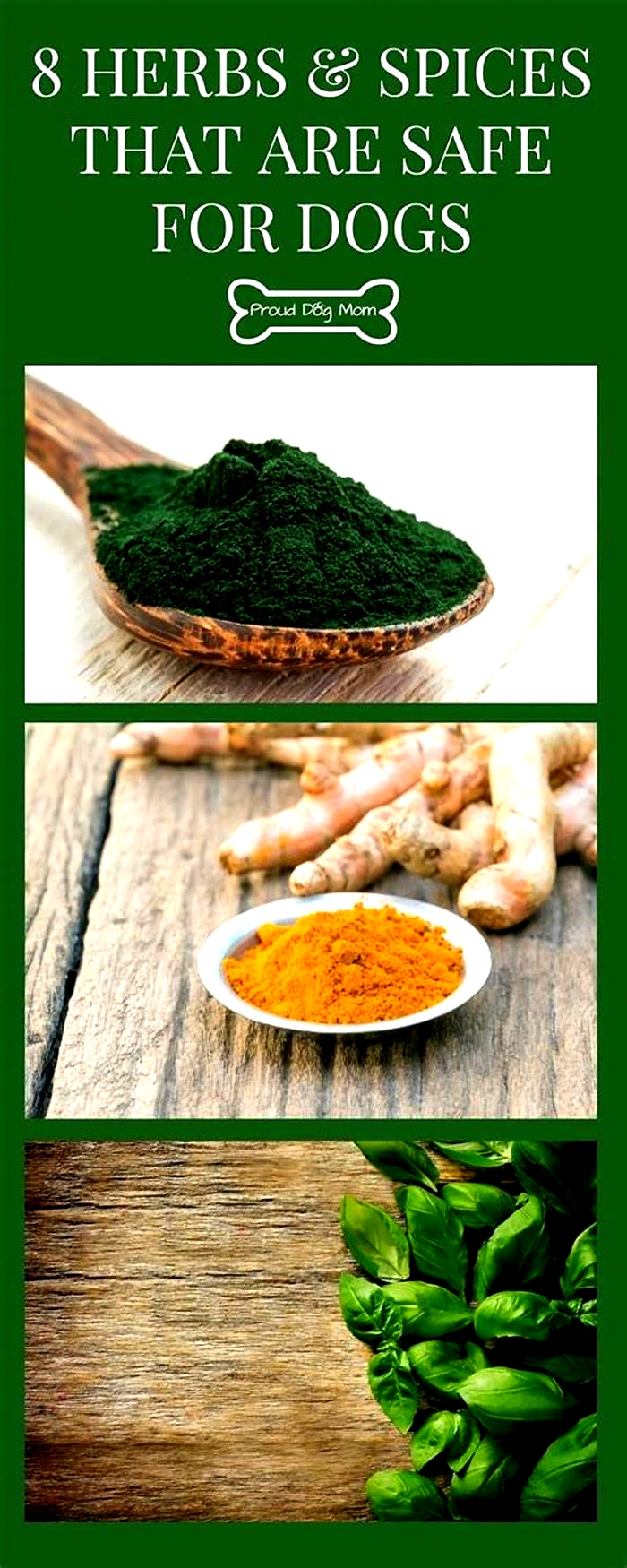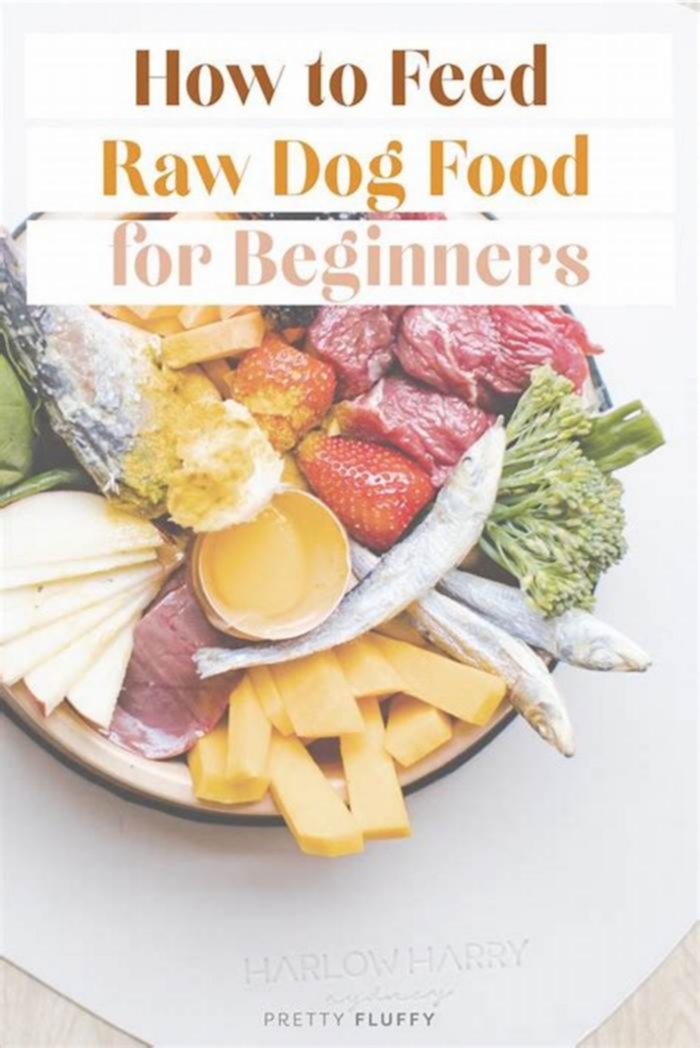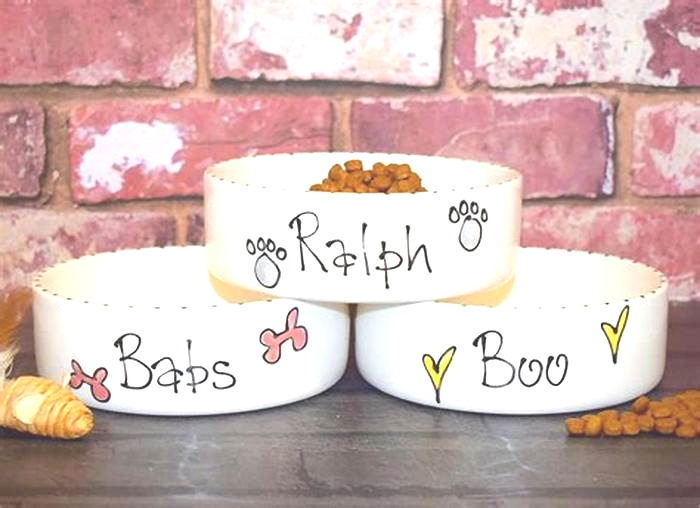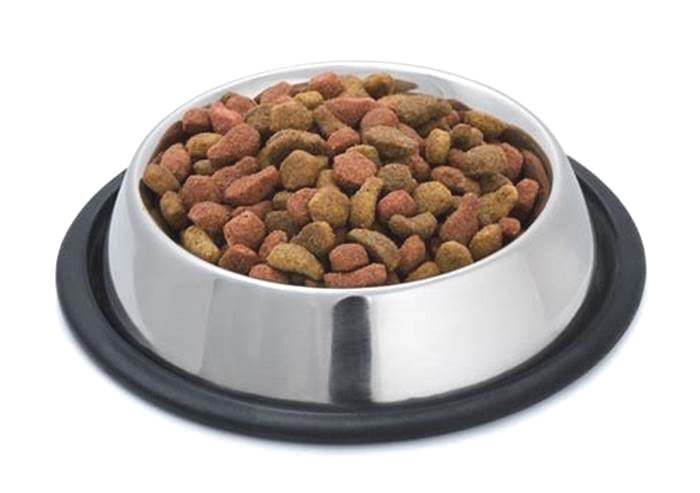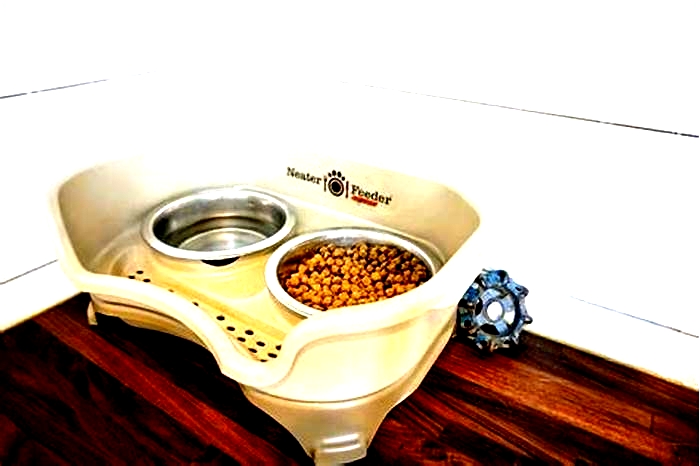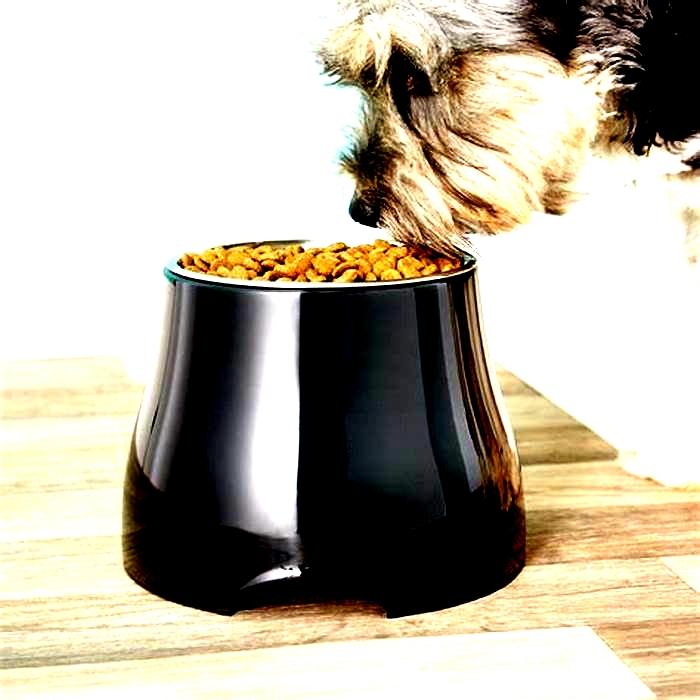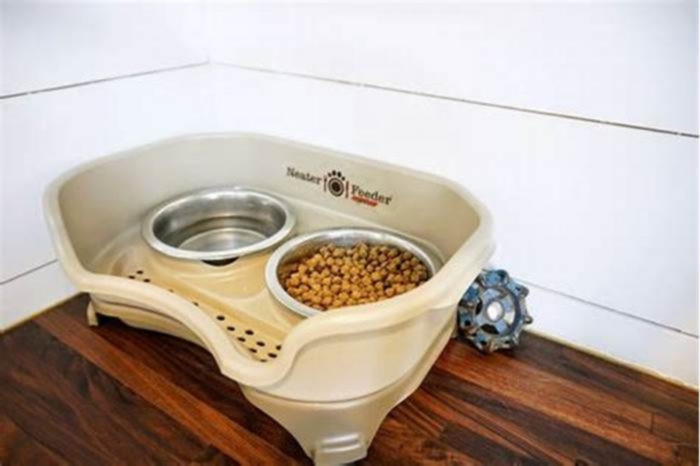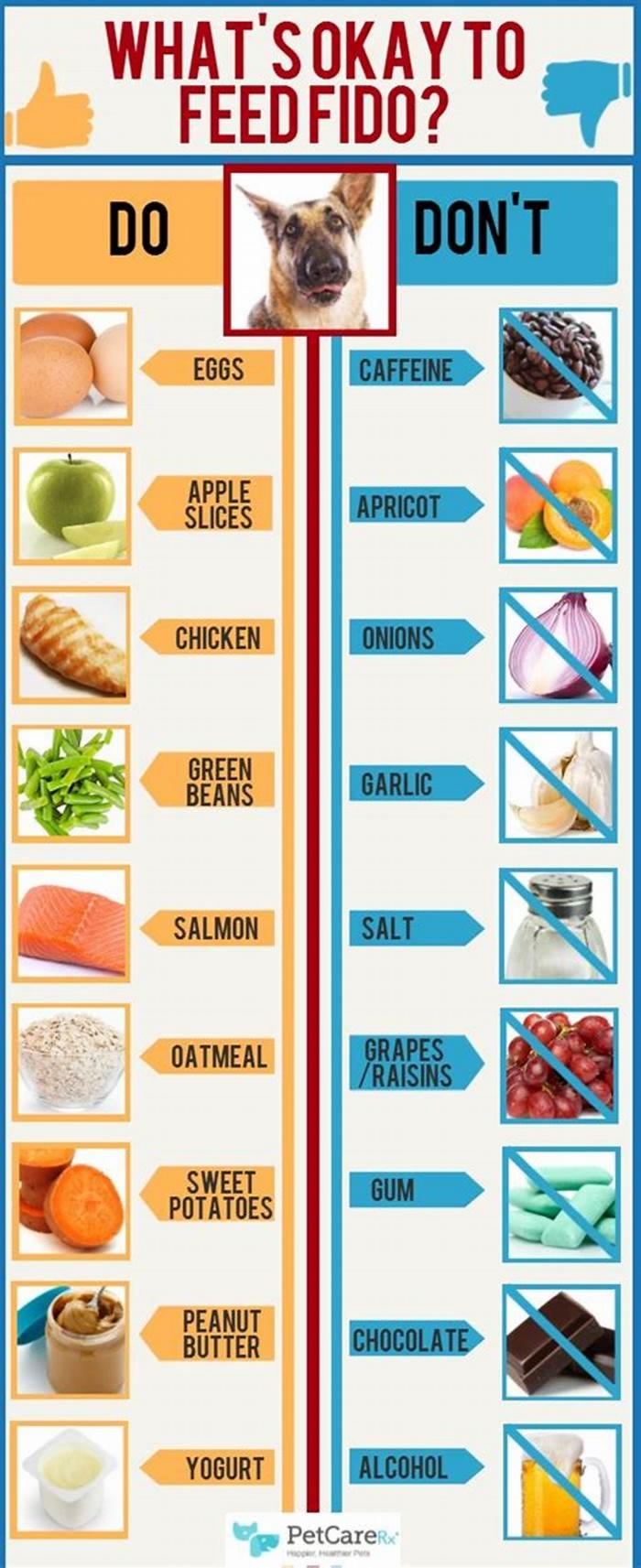What is the safest material for dogs

Choosing safe chew toys for dogs: A vet's guide
Dogs are notorious for getting into trouble, so choosing safe chew toys for dogs is important. Poorly made chew toys can cause gut blockages, dental damage, and mouth injury amongst other things; a recent study showed that 1 in 25 dogs needed veterinary treatment due to a problem with chewing material.
With a wide range of interactive dog toys hitting the market each year, including chew toys and bones, its getting harder and harder to tell whats safe, and what isnt. Lets take a look at vet-recommended dog chew toys, and those to avoid.
The importance of chew toys for dogs
The first question to answer is whether dogs need chew toys at all. Vets and behaviorists agree that chewing is a natural behavior that dogs should be allowed to express. Whilst not every dog will want to chew, many will enjoy gnawing on a bone or bone-substitute. Its thought that being able to express this natural behavior is good for dogs.
In fact, one study showed that shelter dogs enjoyed a chew toy more than other toys, and that it encouraged them to move around rather than remain stationary. In fact, chewing behavior is thought to be so important that the guidelines for keeping laboratory dogs recommend provision of chewable objects.
Of course, we cant ignore the possible benefits on dental health of chewing. Studies have shown that several types of dog chew reduce plaque and tartar, including rawhide, specially-designed chew sticks, and raw beef bones.
Either way, its pretty clear that if your dog enjoys chewing, giving it an appropriate object to chew is a good idea. Its not uncommon for dogs that dont have access to good chews to end up using other household objects, such as slippers, furniture, and remote controls.
What makes a safe chew toy for dogs?
The ideal characteristics of a safe chew toy for dogs includes:
- Tough and long-lasting
- Available in a range of sizes to suit each dog
- Completely and quickly digestible, in case of swallowing
- Not harder than dental enamel
- Contains no harmful chemicals
- Attractive to dogs (tastes/smells good, right texture)
- Doesnt splinter into sharp pieces
The problem with this wish list is that no chew toy perfectly fits and its possible that one never will. Toys that are tough and long-lasting are not likely to be quickly digestible if theyre swallowed, or theyll be harder than dental enamel. Trying to find the perfect dog chew can be a little like looking for leprechaun gold!
So what safety information can you look out for? Firstly, you need to work out if the chew is intended as a toy (i.e inedible) or as a treat (i.e edible). If its edible, you need to look into how digestible it is, and whether its likely to form a blockage. If its designed as an inedible chew, it needs to be big enough and strong enough that your dog cant break off small bits to swallow.
What is the safest thing for dogs to chew on?
There are a huge range of products out there for dogs to chew on, with new additions each year. Its safe to say that there are no chew toys that are 100% safe for dogs. However, some are better than others. And, to complicate matters, which chew toy is best (and safest!) for your dog will vary depending on your dogs breed, jaw type, and chewing style. The following sections will detail how to choose the safest dog chew toy for your pooch.
What chew toys do vets recommend?
If you ask a large group of vets whether theyve seen problems with a particular type of dog chew, there will always be at least one vet who can tell you a dog chew horror story for each type and brand. Whether its Nylabones, Yak milk chews, raw beef bones, rawhide, or even bully sticks weve seen accidents with all of them. But the benefits of chewing are important, too, and in the end most vets would agree that you should give your dog something to chew, but be aware of the risks and monitor them carefully.
So, what are the risks of each edible dog chew and dog chew toy? The advice below is compiled from responses received from 130 vets:
- Nylabone - these can be too hard for some dogs, causing them to break their teeth whilst chewing. Others swallow them, causing an obstruction. However, theyre very long-lasting in most dogs. Find out more about the safety of Nylabones in our vet's article.
- Yak Milk a very hard chew made from processed milk, these are digestible but only if small slivers are swallowed. Large chunks can cause an obstruction and need surgical removal. Theres also a concern that theyre too hard for teeth and cause fractures.
- Raw bones High chance of contamination with harmful bacteria that can cause disease in your dog and/or your family. Need to be large enough and strong enough that your dog cant break into splinters, but not so strong that it breaks teeth a difficult balance! Contrary to common opinion, is not completely digestible and can cause a blockage, sometimes building up over months. Bones with a large marrow can also become stuck around the lower jaw, requiring surgical removal.
- Rawhide falling out of favour due to chemical manufacturing process. If large chunks are swallowed, rawhide can cause blockages as it isnt digested quickly enough.
- Dried tripe/bully sticks/ostrich tendons/ pigs ears etc Bacteria can thrive on these dried edible chews, at risk to your dogs health as well as your familys. As long as chewed thoroughly, these are (usually, but not always) sufficiently digestible to cause a blockage, although many vets report operating to remove undigested pigs ears causing a blockage.
- Rubber Kong if the wrong strength of rubber is used, or the rubber perishes over time, its easy for these to break into pieces and be swallowed, causing an obstruction. The correct size toy needs to be used to prevent swallowing whole.
- Antlers not advised by vets as these are too hard and cause teeth to break, requiring surgical removal.
- Hooves Not quickly digestible, so a risk if large pieces are swallowed. May be too hard for teeth, causing fractures.
- Wooden chew some types of wood splinter less than others, but splinters causing mouth damage and impacting between the teeth causing gum disease are both possible.
How to choose safe dog chew toys for your pooch
Now you know some of the benefits and some of the risks, hopefully youre in a better position to choose some safe dog chew toys for your furry friend.
1. Consider your dog's size and breed
Firstly, think about what your dog is like. Are they a greedy-gut, likely to swallow anything small enough and risk a blockage? Are they a breed known for having strong jaws? If they have very strong jaws and are a risk for swallowing anything, youll want to head more down the hard rubber toy route.
You may also be able to use a highly-digestible dried treat, but that will depend how much theyll chew before swallowing. On the other hand, if you have a small breed dog with weaker jaws and who is more of a nibbler, youll want to choose something that isnt going to splinter into small bits or break their tiny teeth. If you dont know, start them on the safest possible option like a VOHC certified dental chew and watch what they do.
2. Choose a reputable brand
Secondly, look for a reputable brand. This is not an area where you want to compare prices and choose the cheaper product you need good quality, from a brand with a reputation to protect.
3. Supervise at all times
Once youve decided on a dog chew, youll need to supervise your dog closely when theyre using it. That means in the room, and with eyes on your dog at least the first few times. Dont give your dog a new chew just before you leave the house for a few hours you need to know if they like it, if they swallowed it whole, how long it lasted, and whether theyve damaged anything whilst chewing. Many vets occasionally feed the risker treats, but under strict supervision, removing the chew once it becomes too small or damaged.
Should you use chew toys for dogs?
There are no completely safe chew toys for dogs, but that doesnt mean you shouldnt use them. Its all about balancing the possible risks against the possible benefits to your dog, and then doing what you can to minimise the risks. If youre unsure, talk to your vet, who will be happy to share their experiences with a range of dog chews!
Are Your Dogs Food Bowls Safe? A Pet Bowl Materials Guide
There are a wide number and types of dog bowls on the market today. Stainless steel, plastic, silicone, ceramic, stoneware, bamboo, non-skid, slow-feeding, non-spill, and yes, even automated portion-sized ones. However, with so many options out there, how is one suppose to decide which one to get?
More importantly, which types of dog bowls are safe?
Here at BarkThink, we did some research for you on the different types of dog food bowls on the market. Here is what we found:
PLASTIC DOG BOWL
The most popular and commonly used material for dog bowls is plastic. But, did you know that these types of bowls can be the most dangerous and riskiest bowls to feed your pet with? Lets look into some of the reasons why
Durability. For young and teething pups out there, a feeder bowl occasionally becomes another chew toy to be destroyed and eaten. All it takes is a few minutes without your supervision and these pieces of plastic can cause internal bleeding or intestinal blockage (and likely a huge vet bill).
Bad Bacteria. Highly porous and easily scratched, plastic bowls are prone to developing cracks and crevices that can harbor unhealthy bacteria for your furry friend.
Bisphenol A (BPA). Im sure many of you are familiar with BPA by now. Every few years, there are news headlines regarding the hazards of plasticsmost recently it has been about a chemical known as Bisphenol A, or BPA, that was found in baby products, sports bottles, and several other products used to hold edibles.
BPA is a synthetic estrogen commonly used to harden polycarbonate plastics and epoxy resin; however, extensive studies has shown that, even at low amounts to which people are routinely exposed, it can cause serious and sometimes irreversible damage to health. According to the Environmental Working Group (EWG), in laboratory tests, trace BPA exposure has been shown to disrupt the endocrine system and trigger a wide variety of disorders, including chromosomal and reproductive system abnormalities, impaired brain and neurological functions, cancer, cardiovascular system damage, adult-onset diabetes, early puberty, obesity, and resistance to chemotherapy. With this type of effect on humans, just imagine what BPA could be doing to our dogsmost of whom are much smaller!
Phthalates.Ever been curious about the No Phthalates disclaimer on those BPA-Free labels? Phthalates are dangerous chemicals that can also be emitted by plastic products. These chemicals, also known as plasticizers, are a group of industrial chemicals used to make plastics more flexible or resilient such as its application in polyvinyl chloride (PVC). Phthalates are also used as solventssubstance that are used to dissolve a solute (a chemically different liquid, solid, or gas) into a solution. Phthalates are used in many items in our society including toys, food packaging, adhesives, vinyl flooring, hair spray, shampoo, and food bowls. However, the human effects of phthalates are not yet fully known but is currently being studied by several government agencies. In the
Twelfth Report on Carcinogens published by the National Toxicology Programin 2011, di(2-ethylhexyl) phthalate is listed as reasonably anticipated to be a human carcinogen.
Other concerns. As you will see on HealthyStuff.organ organization that conducts research testing on consumer products for levels of lead, chlorine, arsenic, and other concerning chemicalsreveals several plastic pet bowls containing medium levels of lead despite being BPA-free and certified as food-safe by the U.S. Food and Drug Administration (FDA). Any of these chemicals can leach from plastic containers into your dogs food and water, potentially exposing them to dangerous chemicals with harmful side effects.
It is unfortunate because there are several food-safe plastics, such as those used in human plastics identified by their recycling codes. Sadly, the pet industry is slow to add this information to their products. As a result, we are often left not knowing which plastic pet bowl is safe and which ones are unsafe until it is recalled or completely removed from the market.
Sure, there are some safe plastic pet bowls out there; but how are you suppose to know which ones really are?
CERAMIC DOG BOWL
Ceramic pet bowls can be a good choice if you do some homework, choose carefully, and take care of them. The biggest concern is to ensure that the glazes used to coat the dog bowls does not contain lead or other harmful chemicals. Therefore, when selecting a ceramic bowl, make sure that certified for food use and it is coated with a lead-free glaze. It is important to routinely inspect the bowls for cracks and chips because these areas can harbor harmful bacteria. You also would not want your dog to accidentally ingest any loose pieces that can continue to break off from preexisting cracked or chipped areas.
STONEWARE DOG BOWL
There was not much concerns I had for stoneware pet bowlsuntil I learned about some of the moderate levels of dangerous lead in several everyday products including stoneware pet bowls in HealthyStuff.orgs 2009 research. Sure, small traces of lead seems to be in nearly every other item these days. In fact, out of the 400 pet products tested, a quarter of the items had detectable levels of lead. However, 7 percent of the tested products had lead levels that exceed 300 ppmthe standard for lead in childrens product set by the Consumer Product Safety Commission (CPSC). Until it is tested, how are you suppose to know which stoneware pet bowls are truly lead-free or not?
According to the EWG, the insidious symptoms of slow lead poisoning includes infertility, mood swings, impaired intellect, memory loss, nerve, joint and muscle disorders, skeletal, renal, kidney, and cardiovascular problems, and possibly cancer. While some manufacturers advertise their stoneware bowls as lead-free; being the way I am, I still have my hesitations and doubts. However, Id still recommend stoneware over plastic bowls given the fewer concerning drawbacks.
SILICONE DOG BOWL
Silicone is one of the newest alternatives on the market today and its easy to see why. Nontoxic, nonstick, and rubber-like; high quality silicone products are highly heat-resistant (can be used with boiling water or in the oven if needed), does not retain stains or odors, and can be space-saving due to its collapsible feature.
So what exactly is silicone? Silicones are inert, synthetic compounds consisting of polymers that includes silicon together with carbon, hydrogen, oxygen, and occasionally other elements.
Unfortunately for me, due to its form and rigidity (or lack thereof), it is not very functional as a permanent pet bowl. It is, however, an outstanding collapsible dog bowl (and even human cereal bowl) for hiking, camping, and traveling! According to my wife, a chemist, silicone is one of the most stable compounds available and, due to its chemical composition and difficulty in producing free radicals (such as upon exposure to UV radiation), is chemically inert.
STAINLESS STEEL DOG BOWL
Ahstainless steel, the go-to choice for professional chefs, medical professionals, andthe Queen Dame (wife) of the household. Stainless steel dog bowls are non-porous which discourages bacteria, non-leaching, rust-resistant, and much easier to sanitize (dishwasher anyone?) properly. Although not perfect, stainless steel is exposed to far fewer chemicals than plastic products during the manufacturing process.
The most recent scare regarding stainless steel dog bowls occurred in mid-2012 when less than a dozen Petco stores throughout Illinois received stainless steel bowls containing low levels of radiation due to small quantities of Cobalt-60 being accidentally mixed in during the manufacturing process. According to Petcos notice, the affected products were limited to two cargo containers that entered the United States in late May and early June. Other than that, I have am not aware of any other significant drawbacks to using stainless steel pet bowls.
WHAT TYPE OF DOG BOWL BARKTHINK USE AND RECOMMEND
So are dogs and pet owners to do? Here at BarkThink, we recommend stainless steel



If properly cared for, stainless steel pet bowls will not trap dangerous bacteria or leach harmful chemicals. Care is pretty straight-forward and easy. Clean it out after every use with soap and hot water for sanitary reasons and avoid cleaning with abrasive materials such as steel wool. Or, if youre like me, just toss it into the dishwasher to sanitize. For an eco-friendly and low-cost alternative, clean with a simple mixture of vinegar and water.
Remember, be mindful of what you store your pet food in as well. The majority of pet storage containers are made of plastic; but there are a few alternative food storage containers coming onto the market now.
Share some of your dog bowls experiences with us! BarkThink, stay informed, learn more, and stay on top of thought-provoking topics with us!

